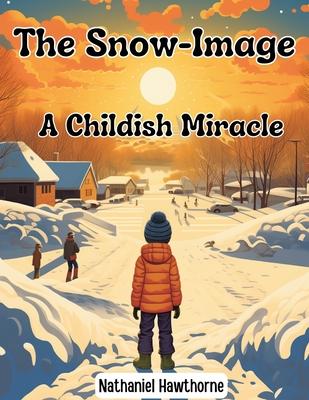"The Snow-Image: A Childish Miracle" is a short story written by Nathaniel Hawthorne, first published in 1851 as part of his collection titled "A Wonder-Book for Girls and Boys." The story is a charming and imaginative tale that combines elements of fantasy, morality, and childhood innocence.
The narrative revolves around a brother and sister, Violet and Peony, who live in a small New England town. One winter day, the children decide to build a snowman in their garden. However, instead of a traditional snowman, they create a snow-sister who comes to life through some inexplicable and magical event. The snow-sister, named Lily, becomes a lively and enchanting companion for the siblings.
As the story unfolds, the children experience the joys and challenges of having a snow-sister who is a blend of the magical and the ephemeral. The tale explores themes of imagination, the transient nature of childhood, and the consequences of meddling with the natural order of things.
Hawthorne's "The Snow-Image" combines his characteristic style of romanticism with moral allegory. The story captures the essence of childhood wonder and the fleeting nature of innocence, while also cautioning against the dangers of trying to grasp the intangible or tampering with the boundaries between the natural and supernatural.
Overall, "The Snow-Image: A Childish Miracle" is a delightful and thought-provoking short story that appeals to readers of all ages with its blend of whimsy and moral depth.
